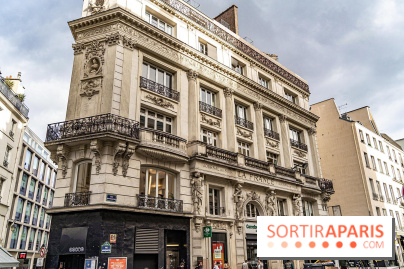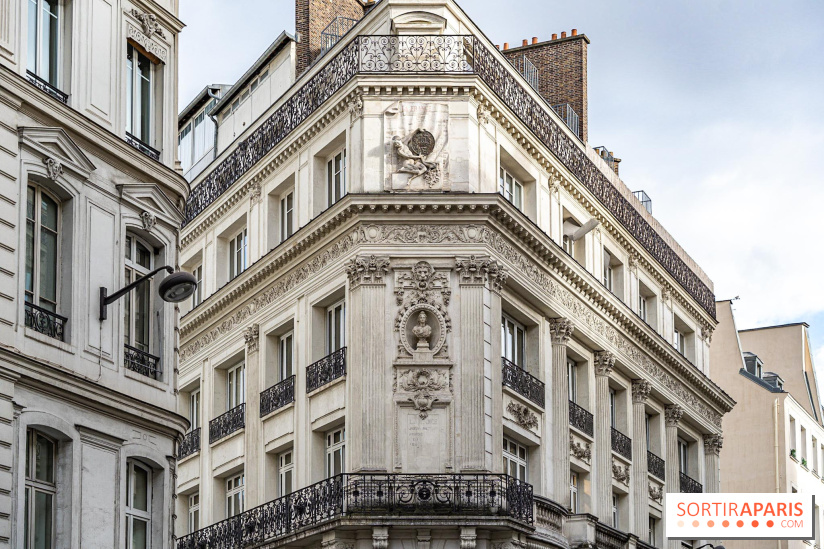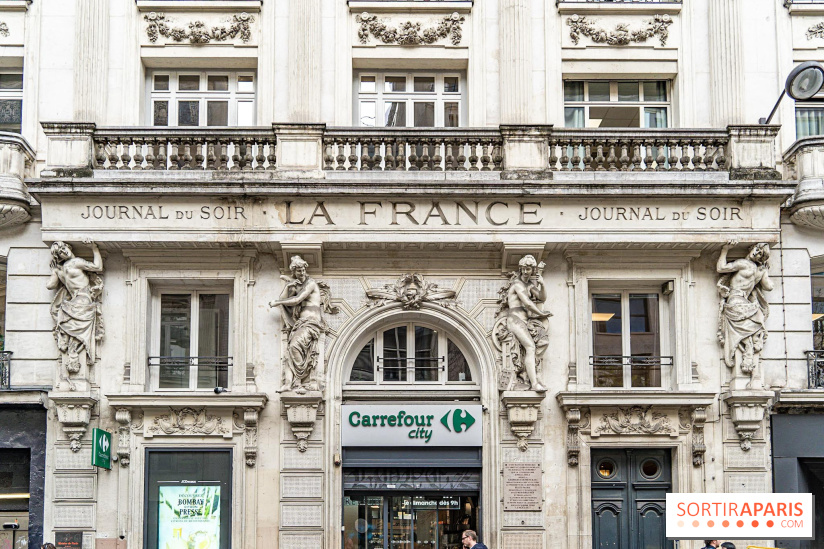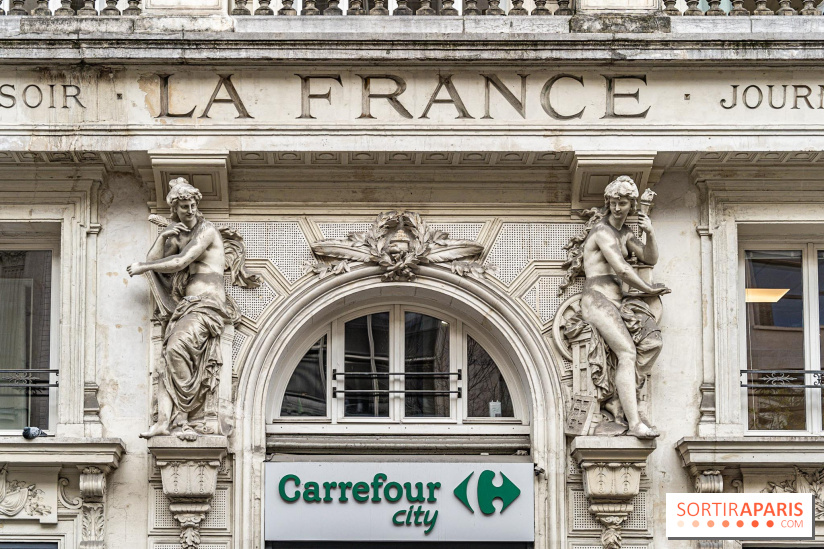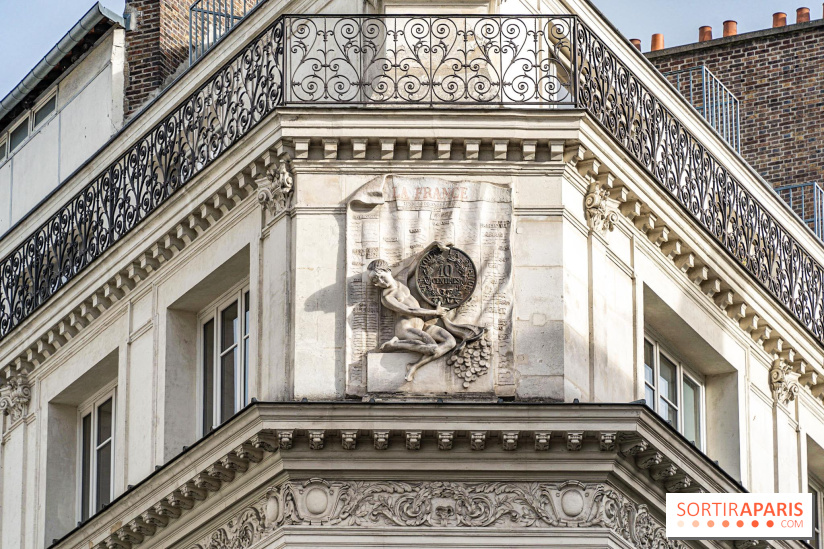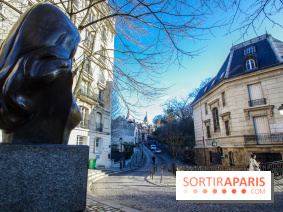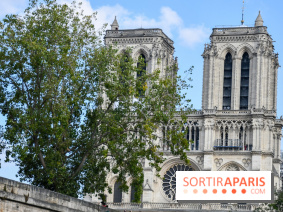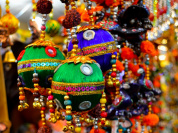The 144 rue Montmartre in Paris has a façade full of history. It was once the headquarters of the Journal du Soir - La France, founded in 1862 by Arthur de La Guéronnière and bought in 1874 by Emile de Girardin, former founder of the newspaper La Presse. The name "La France" is still engraved on the façade of the building, testifying to the importance of journalism in this historic area.
Nicknamed the Republic of the Crescent, this neighborhood located between Réaumur and Opéra was the kingdom of the press in Paris from the end of the 19th century. Major newspapers such as Le Temps, L'Humanité, Paris Soir or France Soir had chosen to live there.
At 142-140 rue Montmartre, the building that housed the headquarters of the newspaper La France was built in 1885 by Ferdinand Bal on the site of theold Saint-Joseph cemetery, where Molière and the police lieutenant Nicolas de La Reynie were buried. A market specialized in the sale of edibles, the Saint Joseph market, operated there from 1806 to 1882.
This remarkable building is distinguished by an imposing allegorical ensemble, created by the sculptor Louis Alexandre Lefèvre-Deslongchamps. Two Heracles carry the remains of the lion of Nemea on them.
On the second floor, two caryatids byErnest-Eugène Hiolle symbolizing journalism and typography support the balcony.
At the corner of the building, there is the rolled up newspaper and the 10 centime coin representing the innovation of Emile de Girardin, journalist and politician. In 1836, he launched "La Presse" with an innovative formula. He managed to reduce the selling price of the newspaper by half thanks to advertising and sold it individually, in kiosks or by auction, instead of offering it by subscription.
The newspaper La France, sold at 10 cents, reached a popular audience and offered serials by famous authors such as Sue, Hugo, Sand, Nerval and Dumas. Under the direction of Emile de Girardin, the newspaper gained notoriety for its editorial, press review and news.
Several other newspapers occupied the building at 144 rue Montmartre, such as Le Radical, L'Aurore, L'Univers, Le Jockey, La Patrie and La Presse. The Paul Dupont printing house was also active there until 1914.
In 1898, the writer and journalist Emile Zola wrote his famous article "J'accuse!" denouncing the injustice of the Dreyfus affair. This article had a considerable impact in France and abroad and increased the circulation of L'Aurore from 30,000 to 300,000 copies.
A visit to144 rue Montmartre is a true testimony to the history of journalism in Paris, from the creation of the newspaper La France to the landmark event of the Dreyfus Affair. This visit allows you to dive into a bygone era and to better understand the importance of journalism in French society.
Prices
Free
Recommended age
For all


